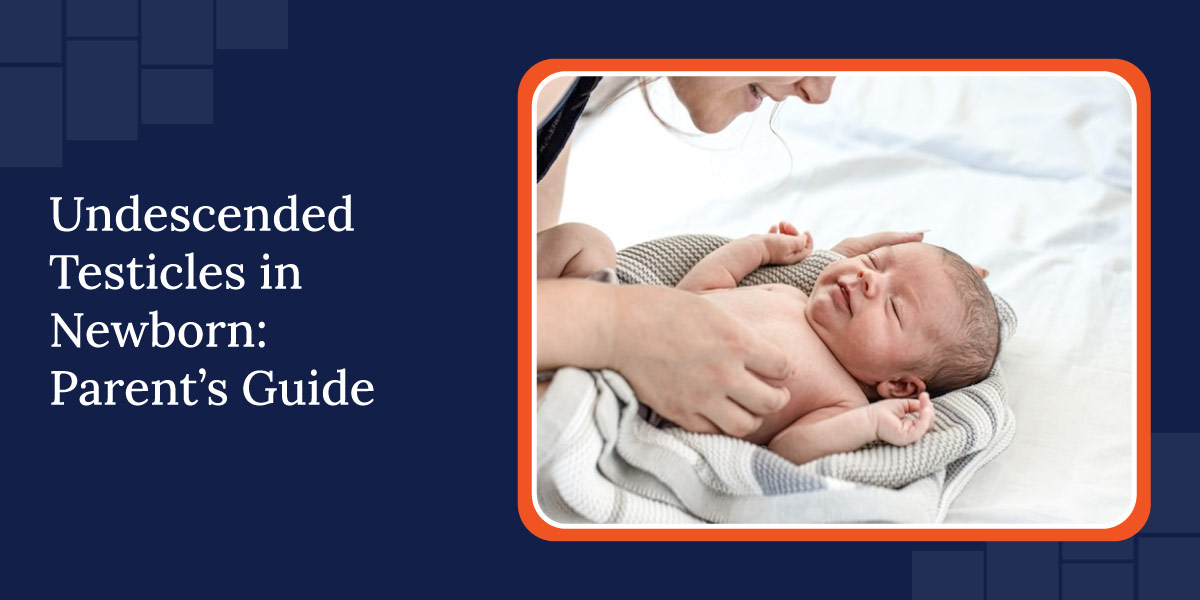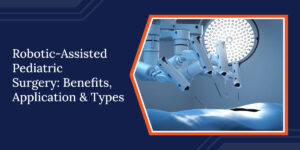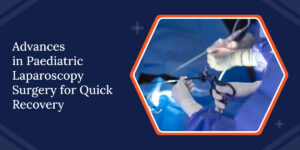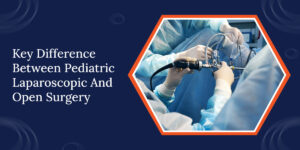Hearing that your baby boy has undescended testicles may stop you in your tracks. You probably weren’t expecting that news. You may not know what it means or what you’re supposed to do next. That’s okay. You’re not alone in this.
Undescended testicles in newborns are one of the most common conditions especially affecting preterm baby boys. It doesn’t mean something is seriously wrong. It doesn’t mean your child’s future is at risk. But it does mean you’ll need to stay involved, ask the right questions, and take action at the right time.
This guide walks you through what’s happening, what it means for your child, and how to check for undescended testicles to ensure everything is developing as it should.
A] What It Means and What It Doesn’t
When a baby develops in the womb, the testicles are formed inside its belly. Near the end of pregnancy, they move down into the scrotum. That’s where they’re supposed to be at birth. But sometimes, one or both of them don’t make it all the way. Instead, they stay up in the groin or somewhere in the abdomen.
You can’t always see this. You may not feel anything different when changing a diaper. Most often, your paediatrician will notice it during a check-up. They’ll gently press around the scrotum and lower belly. If they can’t feel one or both testicles where they’re supposed to be, they’ll let you know right away.
In some cases, you might hear the phrase newborn testicle not descended used during that early diagnosis. This simply describes the condition in very direct terms.
This diagnosis can feel heavy. But the truth is, this condition is usually treatable—and treatable early. That’s what matters most.
Undescended testicles in newborn? Get expert help—Act Now!
B] Why It Happens
You may wonder what caused this. The truth is, no one can say for sure in every case. But doctors have found a few factors that raise the chances:
- Premature birth: Babies born early may not have had enough time for testicles to move into place.
- Low birth weight: Smaller babies are more likely to experience this delay.
- Hormone changes: Sometimes the signals that guide the testicles downward don’t work the way they should.
- Genetics: Inherited conditions or developmental issues can sometimes play a role.
- Family history: If someone in your family had this as a baby, your child may be more likely to have it too.
For medical records, the condition is sometimes labeled undescended testis in newborn, which you may see noted on reports.
It’s natural to ask if this happened because of something you did or didn’t do. The answer is no. This is not your fault. Nothing you did during pregnancy caused it.
C] How Doctors Check
The first clue usually comes during a routine exam. Your paediatrician will gently check to see if both testicles are in the scrotum. If they don’t feel one, they’ll take a closer look.
You may want to know how to check an undescended testicle in a baby boy yourself. But while you can be aware of physical changes, a trained doctor should do the actual examination to avoid discomfort or misjudgment.
That process may include:
- Physical exam: They’ll check again to see if they can feel the testicle in the groin or lower belly.
- Ultrasound: This test uses sound waves to see inside your baby’s body. It’s painless and can help find where the testicle is.
- Laparoscopy: If the testicle still isn’t found, your doctor may recommend this minor procedure. A tiny camera is inserted through a small cut to look inside the abdomen.
You may feel nervous during this process. But every step helps your doctor see what’s going on and decide the safest, most effective next move.
D] Why Early Treatment Matters
You may wonder if this is something that can just be left alone. In a few cases, the testicle will move into place on its own—usually within the first few months. But if that doesn’t happen, treatment is important. As a parent, it’s also helpful to be familiar with symptoms of undescended testicles in baby boy so you can track any changes between visits.
Here’s why early action makes a difference:
- Fertility: Testicles are meant to be in the scrotum, where it’s cooler. Inside the body, the higher temperature can affect how they develop. That can cause trouble with sperm production later in life.
- Cancer risk: There’s a higher chance of testicular cancer when a testicle stays inside the abdomen. Bringing it down early lowers this risk.
- Hernia risk: An undescended testicle in an infant is often linked to a weakness in the abdominal wall, which can let part of the intestine slip through.
- Testicular torsion: When a testicle twists, it can cut off its blood supply. This is more likely if it hasn’t moved into place. It’s painful and requires urgent care.
- Emotional impact: As your child grows, a difference in appearance can cause self-consciousness. Early correction can prevent this.
You want to give your child the best chance to grow up healthy and confident. Taking action early supports that goal.
E] What You Can Expect from Treatment?
Treatment depends on how old your child is and whether the testicle shows signs of moving on its own. Your doctor will walk you through the options, which often begin with watchful waiting and move toward surgery if needed.
Watchful Waiting
If your baby is under six months old, your doctor may recommend waiting a little longer. In some cases, the testicle comes down on its own during that time. If not, they’ll guide you to the next step.
Hormone Therapy
Some doctors try hormone injections to encourage the testicle to move into the scrotum. This is not used often anymore. The results are unpredictable, and surgery tends to work better.
Surgery (Orchiopexy)
This is the most common and effective treatment. During the surgery, the doctor locates the testicle, brings it down to the scrotum, and secures it there. It’s done under general anesthesia. Most children go home the same day.
The best time for this surgery is between 6 and 18 months of age. The earlier it’s done, the better the chances of protecting fertility and reducing other risks.
You’ll talk with a paediatric surgeon ahead of time to go over the plan, the recovery, and any questions you may have.
F] What Recovery Looks Like
After surgery, your child may feel a little sore or tired—but the recovery is usually quick. Your doctor will give you clear instructions on how to care for the incision when to resume normal activities, and what signs to watch for.
If you’re looking for someone to perform the surgery, a paediatric surgeon in Dubai with experience in early childhood procedures can guide you through the preparation and healing process.
You’ll return for follow-up visits to make sure the testicle is staying in place and growing as expected. These check-ups may continue into early childhood and, in some cases, adolescence.
You’ll want to stay alert to:
- Any unusual swelling, redness, or fluid at the incision site.
- Pain that doesn’t ease over time.
- A change in the testicle’s position.
Your doctor will let you know what’s normal and when to call.
G] Long-Term Monitoring
Even after healing is complete, doctors may suggest some check-ins as your child grows. That may include:
- Hormone level checks during puberty.
- Tests to assess fertility as your child enters adulthood.
These steps help make sure everything stays on track and give your child the best chance for a healthy future.
Undescended testicles in newborn? Get expert help—Act Now!
Conclusion
Being told that your baby has undescended testicles may feel like a lot at first. But you’re not facing this alone. You’re already doing the most important thing: staying informed and involved.
Most boys who receive treatment early go on to live full, healthy lives. They grow, thrive, and never look back. The care your child needs now is straightforward, and you’ll have medical support at every step.
So ask your questions. Keep your follow-up appointments. Watch for changes. And trust that you’re doing the right thing for your child’s health and future.
If you need specialised care, you can always consult a paediatric urologist in Dubai to guide you through treatment options and give your child the best care possible.

Dr. Bhushanrao Jadhav
Dr. Bhushanrao Jadhav is a highly skilled Pediatric Surgeon and Urologist specialising in minimally invasive and robotic surgeries for children. With advanced training from leading institutions in the UK, India and USA, he brings expertise in treating complex genitourinary conditions and neonatal surgical ailments. Driven by compassion and innovation, Dr. Jadhav has pioneered pediatric robotic surgery programs in Pune, India, ensuring world-class care tailored to children’s unique needs.





















